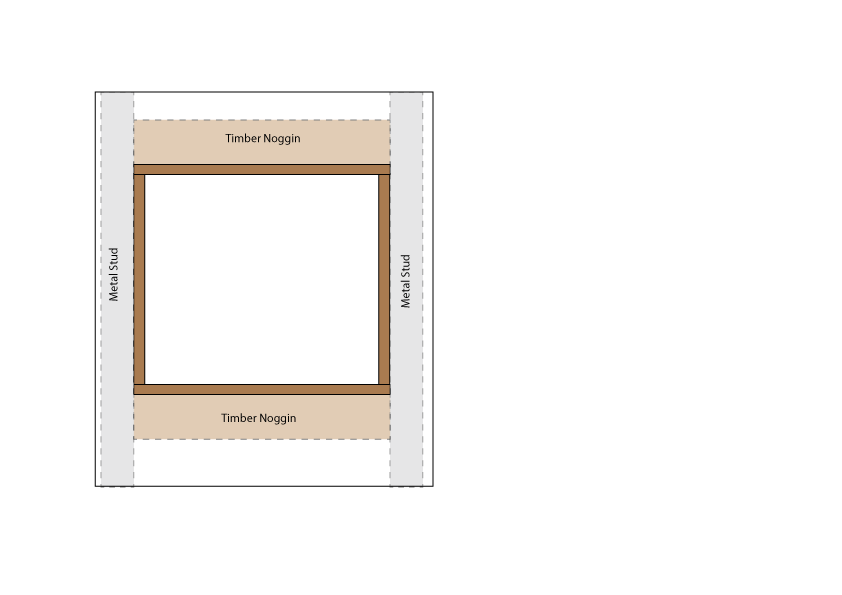I need to attach some oak trim (8mm x 60mm) to a recess in a plasterboard wall. The trim will affix to the metal c-stud on the verticals, and to wood noggins on the horizontal.

Since I'm fixing straight to the stud, I'll need to screw rather than glue & pin.
I'm trying to decide what to do about the screw holes. Ideas so far:
- Countersink and plug with oak dowel (not ideal as the stock is only 8mm thick, so not much room to plug)
- Countersink and use filler
- Use some "attractive" screws (don't really want to use brass as the rest of the fixings will be brushed steel or chrome)
None of these seem like great options. Wondered if anyone had any better ideas!

